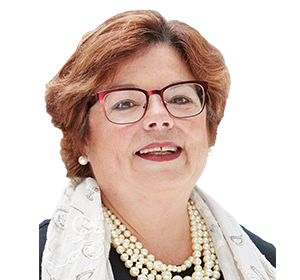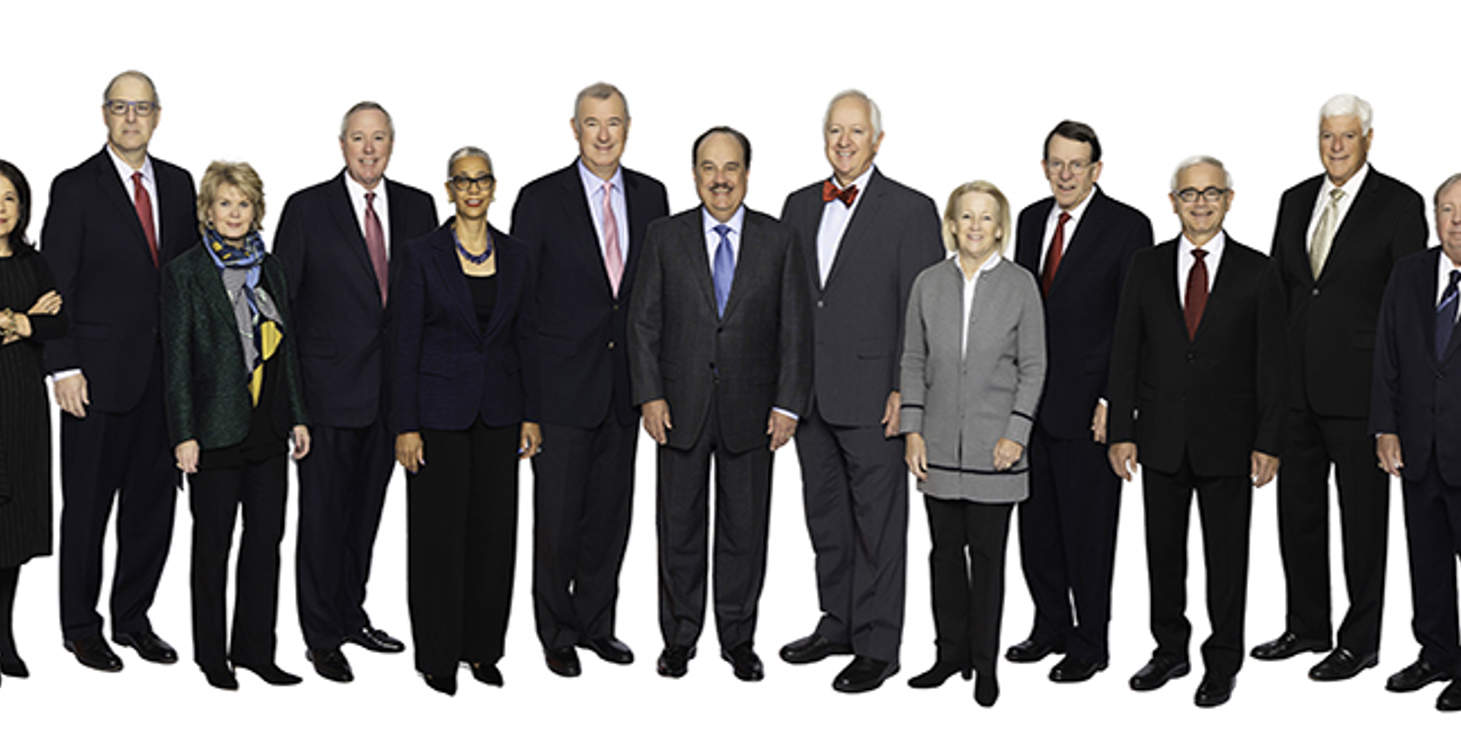
Governance Surveys
Editor’s note: This excerpt is pulled from the November/December 2020 issue of NACD Directorship, launched this week.
CVS Health has been at the epicenter of the health and economic crises born of COVID-19. NACD Directorship editor-in-chief Judy Warner asked Thomas M. Moriarty to walk us through the health-care company’s response to the coronavirus pandemic.
As executive vice president and chief policy and external affairs officer, as well as general counsel, Moriarty is at the intersection of corporate management, employee and investor stakeholders, and federal, state, and local governments. CVS Health stores and some 300,000 employees meet the health-care needs of 1 in 3 Americans, according to the company, providing Moriarty with a singular view of what contributes to individual and community well-being. Among the topics we asked him to address were CVS Health’s role as a corporate citizen and as an employer of essential workers, and how its 13-member board was utilized at a time of critical and rapid decision-making. His insights, transcribed below, provide a look into the leadership displayed by CVS Health in responding to the pandemic as both an innovative health-care company and one of the largest employers in the nation.
Admittedly, there were an awful lot of very, very long days. The days tended to blend into each other, and weekends didn’t seem to exist. But what I am incredibly impressed with is the expertise that we have within the four walls of the company, and also the resourcefulness. For example, we were probably better prepared for [this pandemic] because of the decision to stop selling tobacco products in 2014. We were able to refit almost 8,000 pharmacies to take out tobacco products and reface the front of those stores with smoking-cessation products in a weekend. It shows how quickly we can respond to important issues, and I think that resourcefulness really has demonstrated itself throughout the pandemic. Our leadership in distributing the H1N1 vaccine in 2009 is another example of our ability to respond quickly to public health issues and gives us the foundation to help with vaccine distribution for COVID-19 when it becomes available.
More important, the pandemic accelerated a number of elements of our strategy. It hasn’t changed our strategy really significantly because we took steps beginning as long as seven years ago to concentrate on becoming a much broader health-care and health-care focused company. Since that time, we’ve been assembling the assets, the capabilities, and the personnel to deliver care locally into the community, into the home, and—as we refer to it—into the palm of your hand.
If you look at those three elements—community, home, and the palm of your hand—we have been able to accelerate the business model to respond to the pandemic. For example, virtual care and the use of telemedicine and telepharmacy—those were relatively small portions of the business, but they were growing, and the pandemic accelerated them tremendously. We have seen virtual-care visits grow 750 percent from the same time last year, for example. Our capability to deliver health-care services into the home has grown exponentially as people have sheltered in place. If we hadn’t had the strategy and built the assets to meet these needs, we wouldn’t have been able to respond in the manner which we have.
One great example of how we have worked within the health-care system is our Coram business, which involves nurses going into homes and administering infusible therapies, helping transition stable patients out of the hospital and back into their homes, and making sure their care continuum needs are being met. We did an initial program in California with a large hospital system, where the need to free up hospital beds for COVID-19 patients became very intense. We were able to work with the hospital system to identify patients who were eligible to move home, and meet the care needs of those patients, to free up those beds for COVID-19 patients while also reducing exposure to the virus for those patients.

Judy Warner was editor in chief of NACD Directorship magazine and NACD's Board Talk blog. A journalist for more than 30 years, Warner joined the Directorship team in 2007 as managing editor from ComAve LLC, an independent content management firm she co-founded and operated for eight years. Before that, Warner was New England bureau chief of Adweek magazine for 10 years. She began her journalism career in the newsroom of The Boston Globe as an editorial assistant then contributing reporter to the City Desk covering breaking news. Warner earned a BS in journalism with a minor in political science from Northeastern University.
